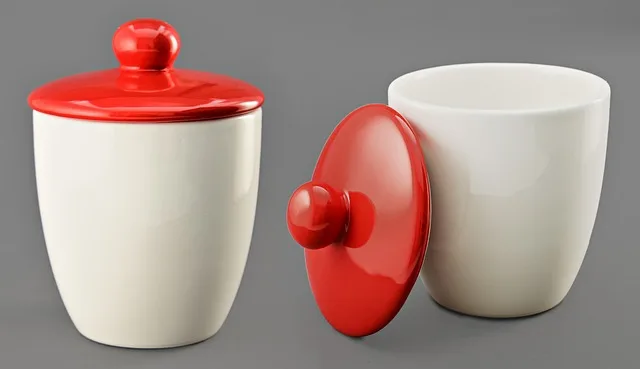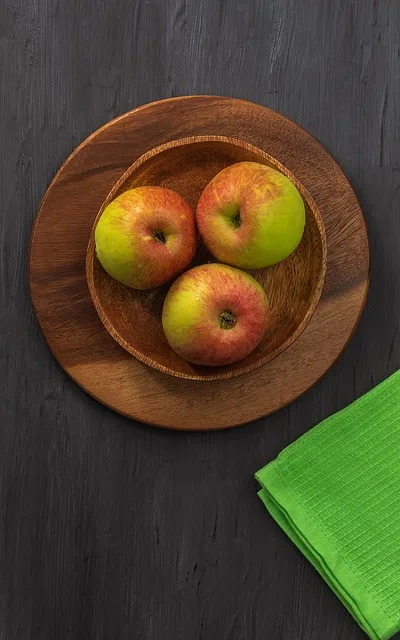Imagine your kitchen as a beautiful canvas. The flooring is the foundation, setting the stage for everything else. If you install your cabinets on top of the flooring, it creates a seamless look, almost like a piece of art where everything flows together. Plus, it makes cleaning a breeze! You can easily sweep or mop under the cabinets without worrying about dirt and crumbs hiding in the cracks.
On the flip side, placing cabinets on top of the flooring can sometimes lead to a few hiccups. For instance, if you ever decide to change your flooring, you might find yourself in a pickle. Removing the cabinets can be a hassle, and you might end up with a mismatched look if the new flooring doesn’t align perfectly with the old cabinet layout. It’s like trying to fit a square peg in a round hole—frustrating, right?
Another thing to consider is the height of your cabinets. If they sit on the flooring, you might need to adjust the height of your countertops, especially if you’re going for that perfect ergonomic setup. Think of it as finding the right balance in a recipe; too much of one ingredient can throw everything off.
The Great Debate: Should Kitchen Cabinets Be Installed Over or Under Flooring?
Installing cabinets over the flooring can be a game-changer. It allows for a seamless look, making your kitchen feel more spacious and polished. Plus, if you ever decide to change your flooring, you won’t have to worry about the hassle of removing and reinstalling your cabinets. It’s like having a wardrobe that fits perfectly, no matter what outfit you choose!
On the flip side, placing cabinets under the flooring can offer some practical benefits. For one, it can help with moisture control, especially in areas prone to spills or humidity. Think of it as a protective shield for your cabinets, keeping them safe from potential water damage. Additionally, this method can create a more stable base, reducing the risk of wobbling or shifting over time.

But let’s not forget about aesthetics! If you’re going for a sleek, modern vibe, cabinets over the flooring might just be your best bet. They can create a clean line that draws the eye upward, making your kitchen feel taller and more inviting. On the other hand, if you love a rustic or traditional look, having cabinets under the flooring can add a touch of charm and character.
So, which side are you on? Are you team over or team under? It’s a decision that can shape the entire feel of your kitchen, so weigh your options carefully. After all, your kitchen should be a reflection of your style and functionality needs!
Flooring First or Cabinets First? Unpacking the Kitchen Design Dilemma
Imagine your kitchen as a beautiful canvas. The flooring is the foundation, setting the stage for everything else. If you lay down the flooring first, you get a seamless look that flows throughout the space. Plus, it’s easier to clean up any mess during installation without cabinets in the way. Think of it like painting a room; you wouldn’t want to risk splattering paint on your brand-new cabinets, would you?

On the flip side, installing cabinets first can save you some serious headaches. If you’re working with a unique layout or custom cabinetry, having them in place allows you to measure and cut your flooring to fit perfectly around them. It’s like tailoring a suit; you want it to fit just right, and sometimes that means starting with the main pieces.
But here’s the kicker: it often depends on your specific project. If you’re doing a full remodel, flooring first might be the way to go. However, if you’re just updating your cabinets, you might want to keep the existing flooring intact. It’s all about the bigger picture and what works best for your space.
So, flooring first or cabinets first? It’s a dance of design, and the right choice can lead to a harmonious kitchen that feels just right. What’s your gut telling you?
Cabinets on the Floor: The Pros and Cons of Installation Order in Your Kitchen
First off, installing floor cabinets first can be a real game-changer. Imagine having a solid base to work from; it’s like building a house on a sturdy foundation. This approach allows you to easily measure and align your upper cabinets, ensuring they sit perfectly above the lower ones. Plus, it gives you a clearer picture of your kitchen layout, making it easier to visualize how everything will come together.
But hold on—there are some downsides to consider. If you install the floor cabinets first, you might find yourself wrestling with the upper cabinets later on. It can be a bit of a juggling act, especially if you’re working in a tight space. You might even need a second pair of hands (or a few extra tools) to get those upper cabinets in place without knocking anything over.
On the flip side, if you choose to install the upper cabinets first, you can avoid that awkward dance with the lower ones. This method can save you from potential scratches and dents on your new floor cabinets. However, it might leave you guessing about the height and spacing of your lower cabinets, which can lead to some frustrating adjustments down the line.
So, whether you’re team floor-first or upper-first, each method has its perks and pitfalls. It’s all about what works best for your space and your vision. What’s your kitchen dream?
Rethinking Kitchen Layouts: Why Cabinet Placement Matters More Than You Think
Imagine walking into your kitchen and feeling like a master chef, everything within arm’s reach, and the flow just feels right. That’s the magic of smart cabinet placement. It’s like setting the stage for a great performance; if the actors (or in this case, your kitchen tools) are in the right spots, the whole show runs smoothly. Think about it: when your pots, pans, and utensils are organized and easily accessible, cooking becomes a breeze. No more rummaging through cluttered drawers or stretching awkwardly to reach that one spice you need.

Now, let’s talk about the triangle—the classic kitchen layout that connects the sink, stove, and refrigerator. If your cabinets are strategically placed around this triangle, you’ll find yourself moving effortlessly from one task to another. It’s like a well-choreographed dance! On the flip side, if your cabinets are haphazardly thrown together, you might feel like you’re stuck in a maze, and who wants that?
Frequently Asked Questions
What Are the Benefits of Installing Cabinets on Top of Flooring?
Installing cabinets on top of flooring enhances stability and prevents damage to the flooring during installation. It allows for easier adjustments and ensures a seamless look, as cabinets can be aligned with the floor’s surface. This approach also facilitates future flooring changes without needing to remove cabinets, making it a practical choice for long-term renovations.
What Is the Best Practice for Kitchen Cabinet and Flooring Installation?
For optimal results in kitchen cabinet and flooring installation, start with the cabinets. Ensure they are level and securely anchored to the wall, as this provides a stable base for the flooring. Install the flooring after the cabinets to avoid damage and ensure a seamless look. Use appropriate materials and techniques for both installations, and consider hiring professionals for complex layouts to achieve the best finish.
Should Kitchen Cabinets Be Installed Before or After Flooring?
Installing kitchen cabinets before flooring can simplify the process and ensure a cleaner look, as cabinets can be anchored directly to the subfloor. However, installing flooring first allows for a seamless appearance and easier future flooring replacement. Consider your specific project needs and preferences when deciding the order.
How Does Cabinet Installation Affect Flooring Choices?
Cabinet installation can significantly influence flooring choices due to factors like height, weight, and style compatibility. Proper planning ensures that the flooring can support the cabinets and aligns aesthetically with the overall design. Additionally, the type of flooring may affect the installation process, as some materials require specific underlayment or adjustments to accommodate cabinet placement.
Can I Install Flooring Around Existing Kitchen Cabinets?
Installing flooring around existing kitchen cabinets is possible and can enhance the overall look of your kitchen. It is important to measure carefully and consider the type of flooring you are using. If you choose to install flooring under the cabinets, it may require additional effort and cost, but it can provide a seamless appearance. Alternatively, you can install the flooring up to the cabinets, which is less labor-intensive and allows for easier future renovations.